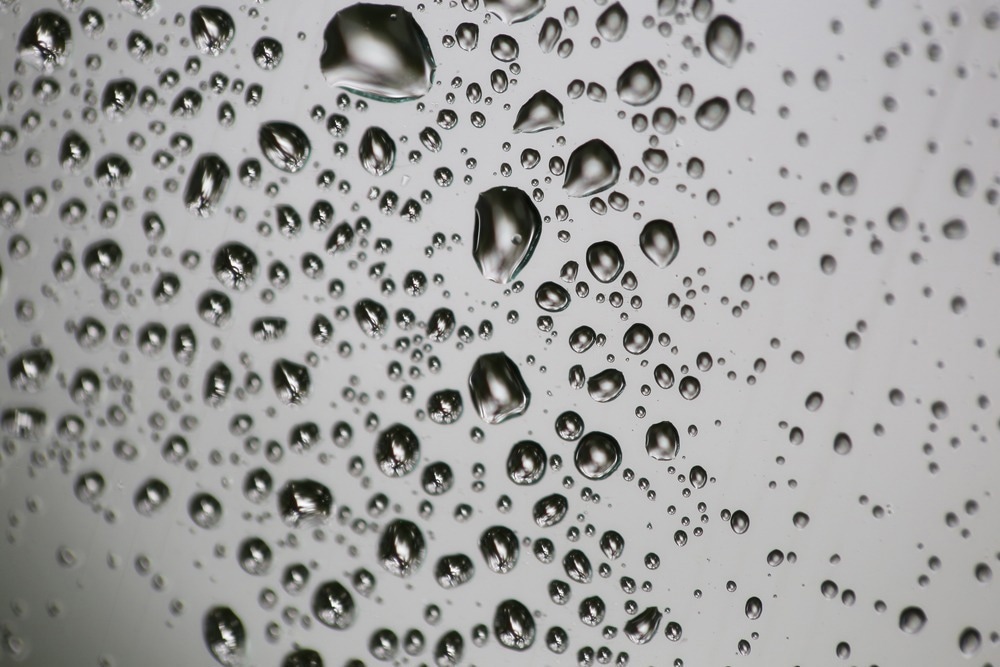Water has enormous potential as an energy source. For instance, hydroelectric power facilities have been extensively investigated as a means of harnessing the kinetic energy of water; however, ecosystems are often damaged by their development, limiting our ability to harness the potential of this technology.

Image Credit: bunlee/Shutterstock.com
The water-solid interface is the secret to capturing energy and achieving a more effective water-energy nexus, and it requires a deep understanding of the interfacial water structures and their interaction characteristics. This progress has been limited thus far, primarily by our knowledge of how water behaves at the nanoscale.
Nanocapillary Confinement: Analyzing Water Molecules at the Atomic Level
Dr. Qian Yang’s study focuses on nanocapillary confinement, a technique that was initially recognized by Sir Professor Andre Geim in 2016.
Dr. Yang is able to contain a single layer of water molecules in a 2D material capillary, which offers insight into how water molecules arrange and move, react to light, and behave in electric fields.
It also allows Dr. Yang’s team to begin detecting the structure of water and determining its characteristics. This will make single molecule detection much more possible, which is crucial for many chemical and biological applications.
Understanding the Unique Interaction Between Water and Graphene
The special interactions that occur at the water-graphene interface between water and graphene are also under investigation. At the interfacial region, the charges carried by graphene interact with the ions in water solutions. This implies that electricity could be produced by pouring water over a graphene surface and attaching electrodes on each side.
Dr. Yang is researching to find ways to improve the efficiency of this process so that materials that best capture flow-induced electricity—whether from raindrops or river water flow—can be designed.
Leveraging Manchester’s Expertise, Equipment and Connections
While fundamental analyses are being conducted by researchers worldwide, Dr. Yang’s research provides an edge. The highly sophisticated nanocapillary devices, designed by Professor Geim and located in Manchester, allow for atomic confinement, which is proving challenging for other universities to duplicate.
In addition, Dr. Yang can leverage the knowledge of Manchester’s graphene community, the world’s largest research and innovation community, the National Graphene Institute, the largest academic cleanroom facility in Europe, and a global network of collaborations to expedite discovery.
Leading Discovery
Capillary condensation under atomic size confinement is one of her team's findings due to these capabilities. For instance, Dr. Yang has demonstrated that the century-old Kelvin equation holds rather than deviates as predicted by employing a van der Waals assembly of two-dimensional crystals to produce atomic-scale capillaries, which are less than four ångströms in height and can only hold a monolayer of water.
The reason behind this, according to Dr. Yang, is the elastic deformation of capillary walls. This inhibits the enormous oscillatory behavior that is anticipated due to the commensurability between water molecules and atomic-scale capillaries.
This discovery offers a foundation for a deeper comprehension of capillary effects at the lowest scale feasible, which is significant in a variety of real-world scenarios. For example, to estimate the global oil reserve. Her research also advances the understanding of sandcastles, which are firmly held together by capillary force.
In addition, she has investigated ionic transport in two-dimensional nanocapillaries to comprehend the mass transport and charge transfer mechanism for possible uses in deionization and water filtration.
She investigates the following topics using combined nanocapillary devices with a microfluidics system and accurate electrical measurements: (i) capillary condensation inside nanocavities and modulated ionic transport; (ii) electricity generation induced by liquid flow through graphene surface; and (iii) nanoconfined water structure and their properties.
The Future of Energy Harvesting
By investigating novel physics and events that occur inside nanocapillaries, Dr. Yang’s study seeks to improve the understanding of water at the atomic level and to identify design principles for larger-scale energy harvesting systems that are more effective.
By delving into studies at the atomic level, she is advancing our understanding of the world while frequently surprising us—as demonstrated by the Kelvin equation, for example.
Numerous industries, such as single-molecule sensing, energy harvesting, and medical diagnostics, will benefit from her study.